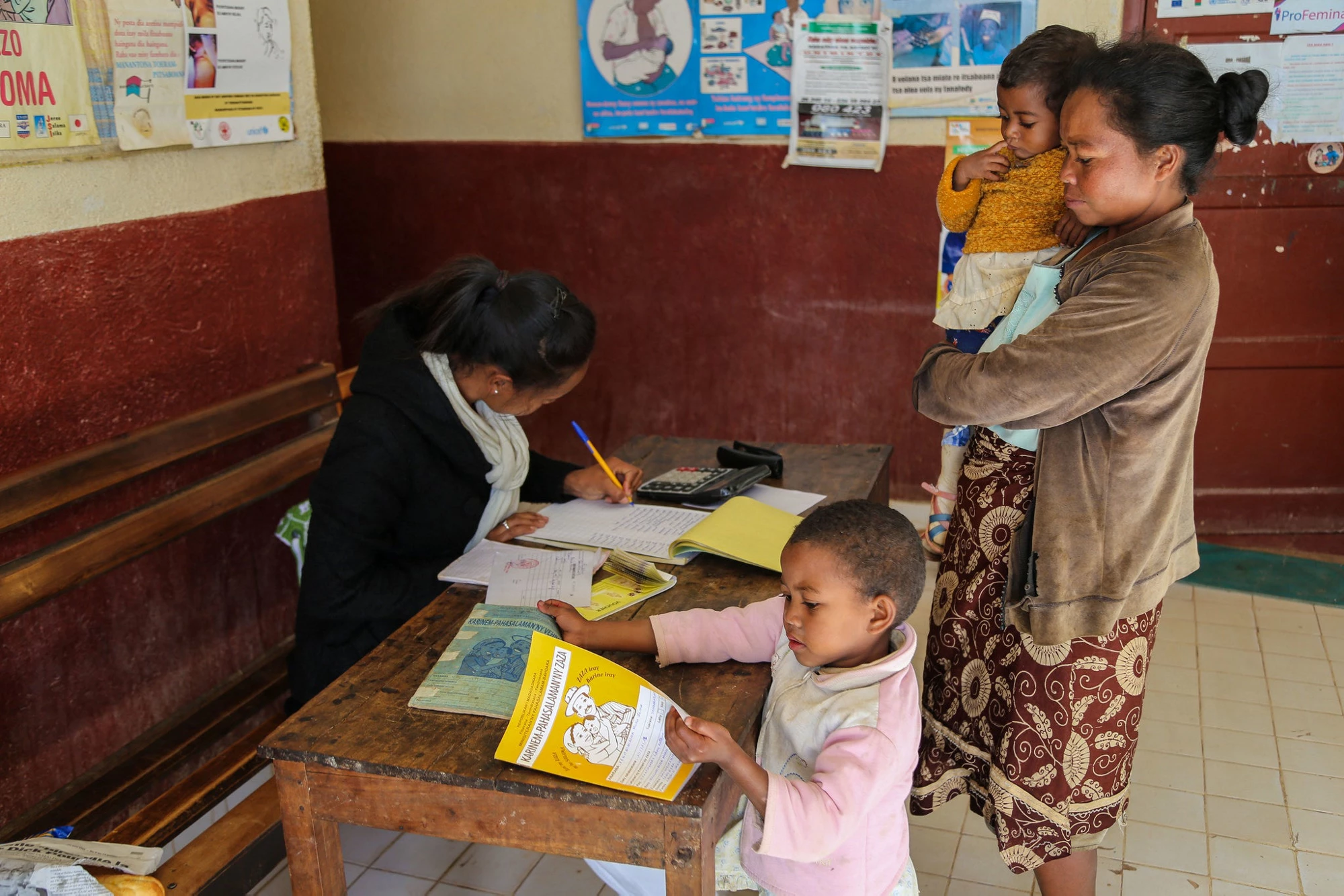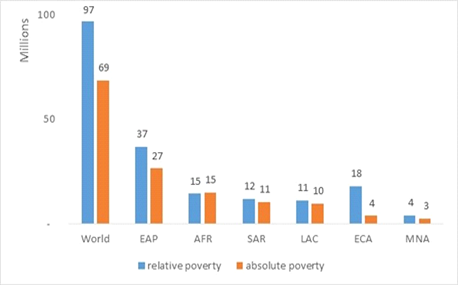
Social safety nets – predictable cash grants to poor households often in exchange for children going to school or going for regular health check-ups – have become one of the most effective poverty reduction strategies, helping the poor and vulnerable cope with crises and shocks. Each year, safety net programs in developing countries lift an estimated 69 million people living in absolute poverty and uplifting some 97 million people from the bottom 20 percent – a substantial contribution in the global fight against poverty.

It is because of this that we’re seeing a doubling in the number of developing countries – up from 72 countries in 2000 to 149 in 2017 – that provide social safety programs to their citizens. That means that almost every developing country has a diverse set of safety net programs and other social protection measures – conditional and unconditional cash transfers, pension coverage for the elderly, school feeding programs, and public works – interventions that help poor households manage risks and invest in their livelihoods.
The commitment to extend coverage is also evident for countries that have had long-standing programs. We see this in Colombia, Peru and the Philippines , where less than 5 percent of the population were covered when the program first started to covering more than 15-20 percent of the population about a decade or so later.What’s more, we’re now seeing how safety net programs can play a huge role in disaster preparedness and response after a crisis. When the Southern Africa region was hit by the worst drought in 35 years, cash transfers were the primary response to support the recovery for some 32 million people who were food insecure due to the drought. But while these global trends on safety nets signal a significant progress, more needs to be done to close the gap on coverage. This is especially critical in low-income countries where only 20 percent of poor households are covered by safety net programs.
To address challenges and to effectively provide coverage to those who need it the most, we need to ensure programs yield better results for beneficiaries. We’re focusing on advancing key frontier areas to improve the scope and impact of safety net programs:
- Productive inclusion and graduation: By adding measures that provide income or (self) employment as a condition for participating in the program or by connecting beneficiaries to other government-provided social services. In El Salvador for example, an income support and employability project is helping vulnerable groups affected by the food, fuel and financial crisis. Beneficiaries received $100 per month in exchange for participating in trainings and community projects. Our impact evaluation has found that the project helped participants become better prepared in finding a job and has increased their willingness to start a business. The overarching goal is for participants to “graduate” from the programs – an “exit” from conditions of poverty – through improved capabilities and better access to opportunities.
- Behavioral nudges: A concept in behavioral science that argues for positive reinforcement and indirect suggestions or “nudges” that can influence participants’ motives and decisions. These “nudges” have the potential to have lasting results, as we’ve seen in our program in Madagascar where behavioral interventions helped change gender mindsets and train women on leadership skills, financial planning and business development.
- Information and delivery systems: A social registry that serves as a gateway for individuals or families to be considered for one or more social programs; and an efficient delivery system that holds basic architecture such as data and information, software applications, database management and a reliable ICT infrastructure.
Follow the World Bank social protection team on Twitter @wbg_splabor .


Join the Conversation